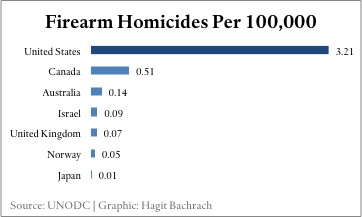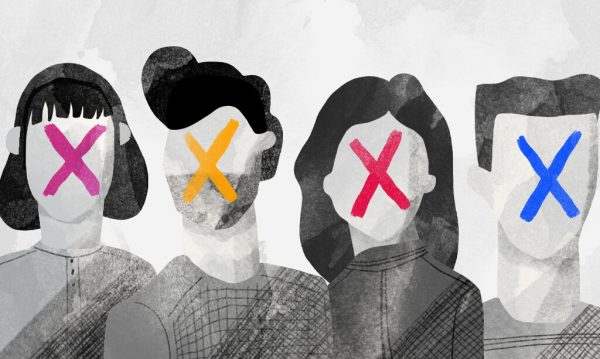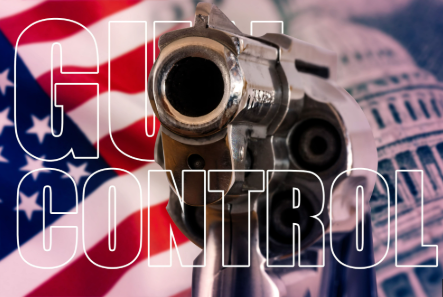Foreign Nations Provide Model for Potential Gun Restrictions

Like other shootings before it, the Newtown tragedy has revived America to its national fixation with firearms. No country in the world has more guns per capita, with some 300 million civilian firearms currently owned, or nearly one gun for every adult.
Experts from the Harvard School of Public Health, using data from 26 developed countries, have concluded that wherever there are more firearms, there are more homicides. In the case of the United States, there is exponentially more: the American murder rate is roughly 15 times that of other wealthy countries, despite much tougher laws controlling private ownership of guns.
There is another important difference between this country and the rest of the world. Other nations have suffered similar massacres but they have reacted rather quickly to force new and stricter gun laws.
Australia is an excellent example. In 1996, a “pathetic social misfit,” as described by a judge, killed 35 people with a spray of bullets from semiautomatic weapons. Within weeks, the Australian government was working on gun reform laws that banned assault weapons and shotguns, tightened licensing, and financed gun amnesty and buyback programs.
At the time, the prime minister of Australia, John Howard, said, “We do not want the American disease imported into Australia.” The laws have worked. In 2010, the firearm homicides in Australia dropped 59 percent between 1995 and 2006. In the 18 years before the 1996 laws, there were 13 gun massacres resulting in 102 deaths, according to Harvard researchers, with none in that category since.
Similarly, after 16 children and their teachers were killed by a gunman in Dublane, Scotland in 1996, the British government banned all private ownership of automatic weapons and virtually all handguns. Those changes gave Britain some of the toughest gun control laws in the world, on top of already strict rules. Hours of exhaustive paperwork are required if anyone wants to own even a shotgun or rifle for hunting. The result has been a decline in murders involving firearms.
In Japan, which has very strict laws, only 11 people were killed with guns in 2008, compared with 12,000 deaths by firearms that year in the United States — a huge disparity even accounting for the difference in population.
Canadians—who have undertaken a moderate stance on gun control—are still able to purchase them with relative ease. However, licensing provisions of the Firearms Act endeavors to ensure proper training and safe storage; also, users must possess a license, called a “possession and acquisition license (PAL). And yet still, Canada’s rate of homicide involving firearms per 100,000 citizens in 2009 was 0.5 as compared with 3.3 in the United States and 7.9 in Mexico.
President Obama called on Congress to toughen America’s gun laws to confront mass shootings and everyday gun violence. He laid out a plan that included a renewed ban on assault weapons, limits on high-capacity magazines, DBS background checks and new gun trafficking laws to crack down on the spread of weapons across the country. It will take not only time, but also a bipartisan senate until our country finally finds any success like that of our foreign allies.







